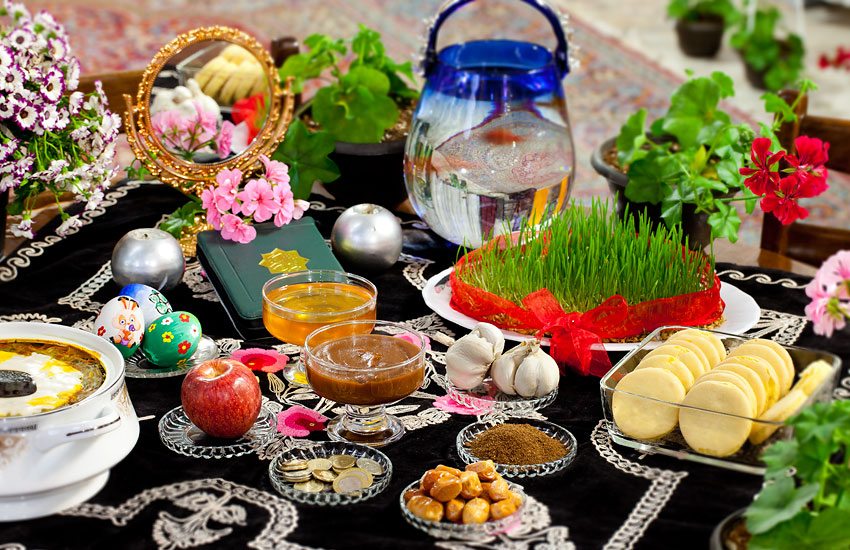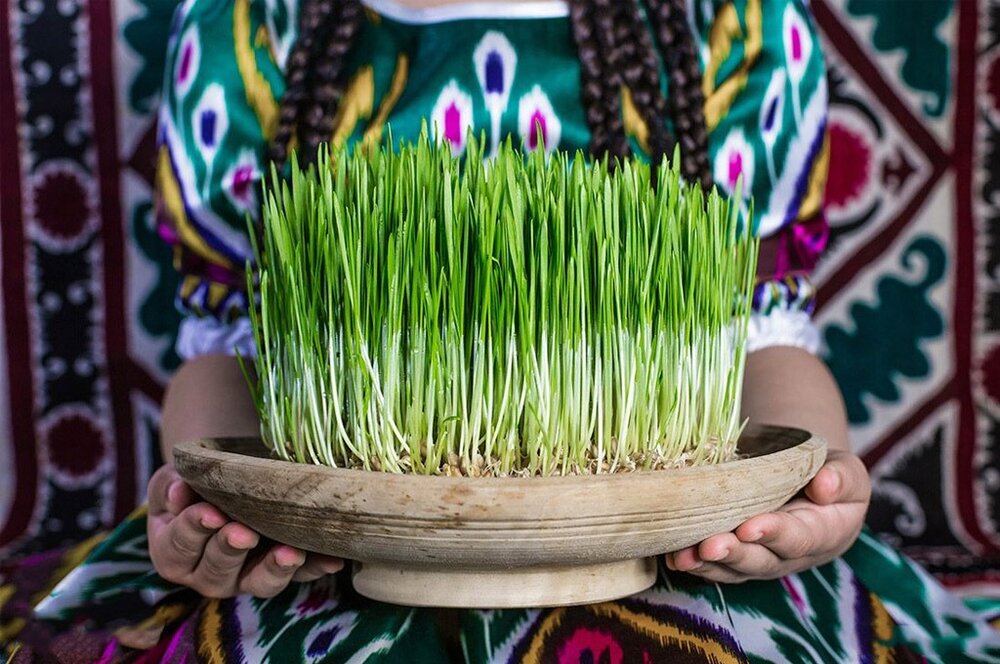Is Nowruz a Religious Holiday?

- Persis Collection
- 11 December 2023
- haftsin
- 2 minutes
Nowruz, celebrated as the Persian New Year, marks the first day of spring and the renewal of nature. This age-old festival, deeply rooted in the rich tapestry of Persian culture, transcends religious boundaries and embodies a universal message of peace and solidarity. In this comprehensive exploration, we delve into the multifaceted aspects of Nowruz, shedding light on its historical, cultural, and spiritual dimensions.
The Historical Roots of Nowruz
The origins of Nowruz trace back over 3,000 years to the ancient Persian Empire. Rooted in Zoroastrianism, one of the world’s oldest monotheistic religions, Nowruz symbolized the triumph of good over evil and the rebirth of nature. However, over the centuries, Nowruz has evolved, weaving itself into the cultural fabric of various communities across the Middle East, Central Asia, and beyond.
Cultural Significance
While Nowruz heralds the arrival of spring and the Persian New Year, its essence transcends the boundaries of a mere calendrical event. It’s a time for rejuvenation, family gatherings, and showing respect to elders. The Haft-Seen table, adorned with seven items starting with the letter ‘S’ in the Persian alphabet, is a quintessential Nowruz tradition. Each item, from Sabzeh (wheatgrass) to Serkeh (vinegar), carries a unique symbolic meaning, reflecting nature’s renewal and human aspirations.

Nowruz and Religion
Contrary to common misconceptions, Nowruz is not exclusively a religious festival. While its roots are in Zoroastrianism, Nowruz is celebrated by people of various faiths, including Muslims, Baha’is, and Christians in the region. It’s a testament to the festival’s universal appeal, emphasizing themes of hope, renewal, and the unity of humanity.
The Global Recognition of Nowruz
In 2009, the United Nations recognized Nowruz as an international holiday, a move that underscored its significance as a shared heritage of humanity. This recognition not only highlighted the cultural diversity of Nowruz but also its role in fostering peace and solidarity across different communities.
Nowruz Celebrations Across the World
From the fire-jumping ritual of Chaharshanbe Suri to the outdoor festivities of Sizdah Bedar, Nowruz celebrations vary across regions, each adding its unique flavor to this rich cultural mosaic. In countries like Iran, Afghanistan, and Tajikistan, Nowruz is a public holiday marked with music, dance, and traditional cuisines, creating a vibrant tapestry of cultural expression.
The Impact of Nowruz on Literature and Art
The influence of Nowruz extends beyond cultural practices into the realms of literature and art. Great poets like Hafez and Rumi have immortalized Nowruz in their works, celebrating its themes of rebirth and renewal. Likewise, in the visual arts, motifs associated with Nowruz, like the blooming of flowers and the rejuvenation of the earth, have been a source of inspiration for artists throughout history.
Nowruz in the Modern World
In today’s globalized world, Nowruz serves as a bridge between ancient traditions and contemporary life. It’s a time for people to reconnect with their heritage, reflect on the years gone by, and foster a sense of community. Amidst the challenges of the modern world, Nowruz reminds us of the enduring power of cultural traditions to bring people together.
Celebrating Unity in Diversity
Nowruz, transcending religious and cultural boundaries, stands as a beacon of hope and unity. Its celebration across various communities reflects the shared human values of peace, solidarity, and the reverence for nature. As we embrace the spirit of Nowruz, let us remember its timeless message – a message of renewal, unity, and the enduring power of cultural traditions in a rapidly changing world.









Comments